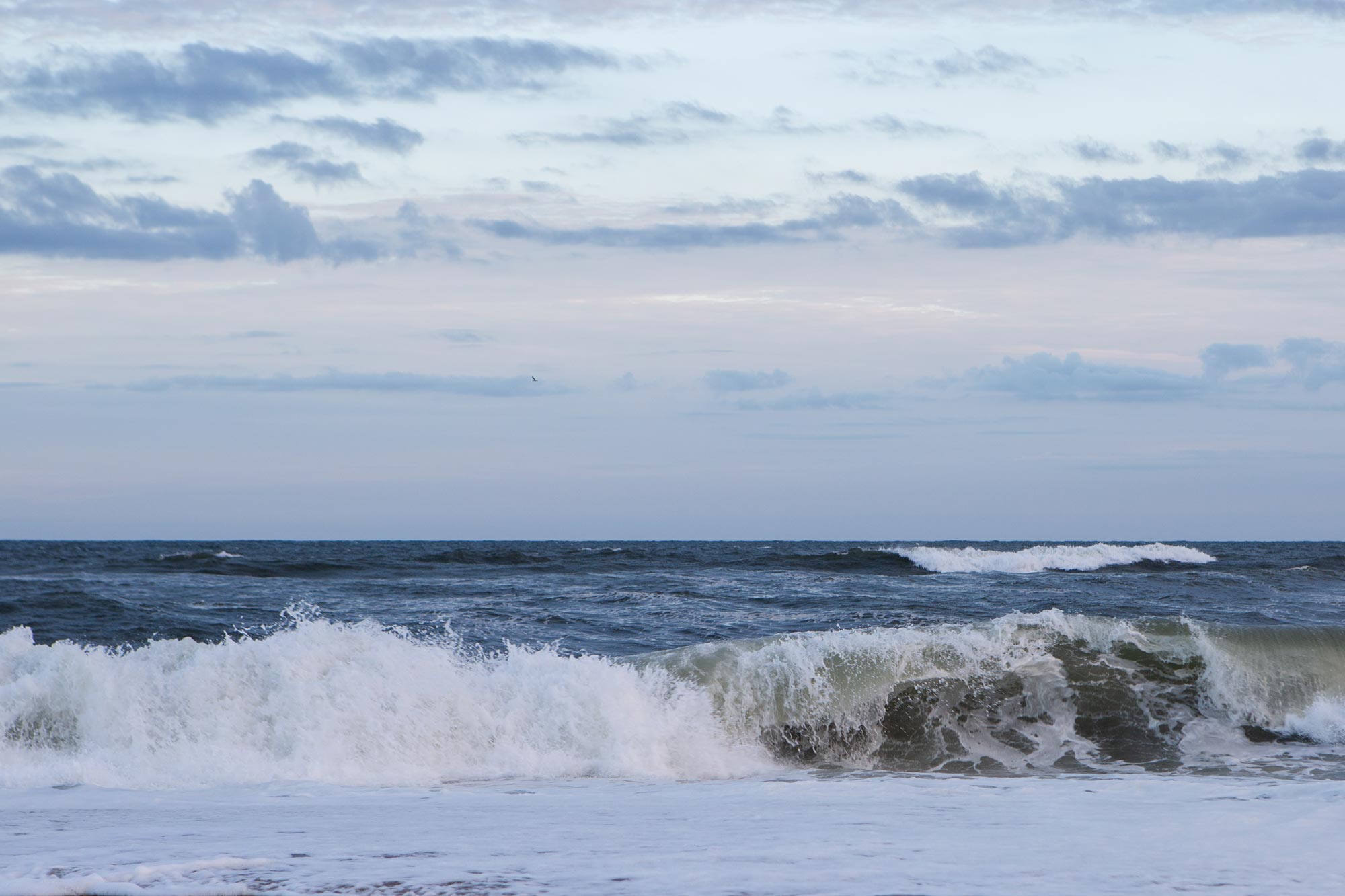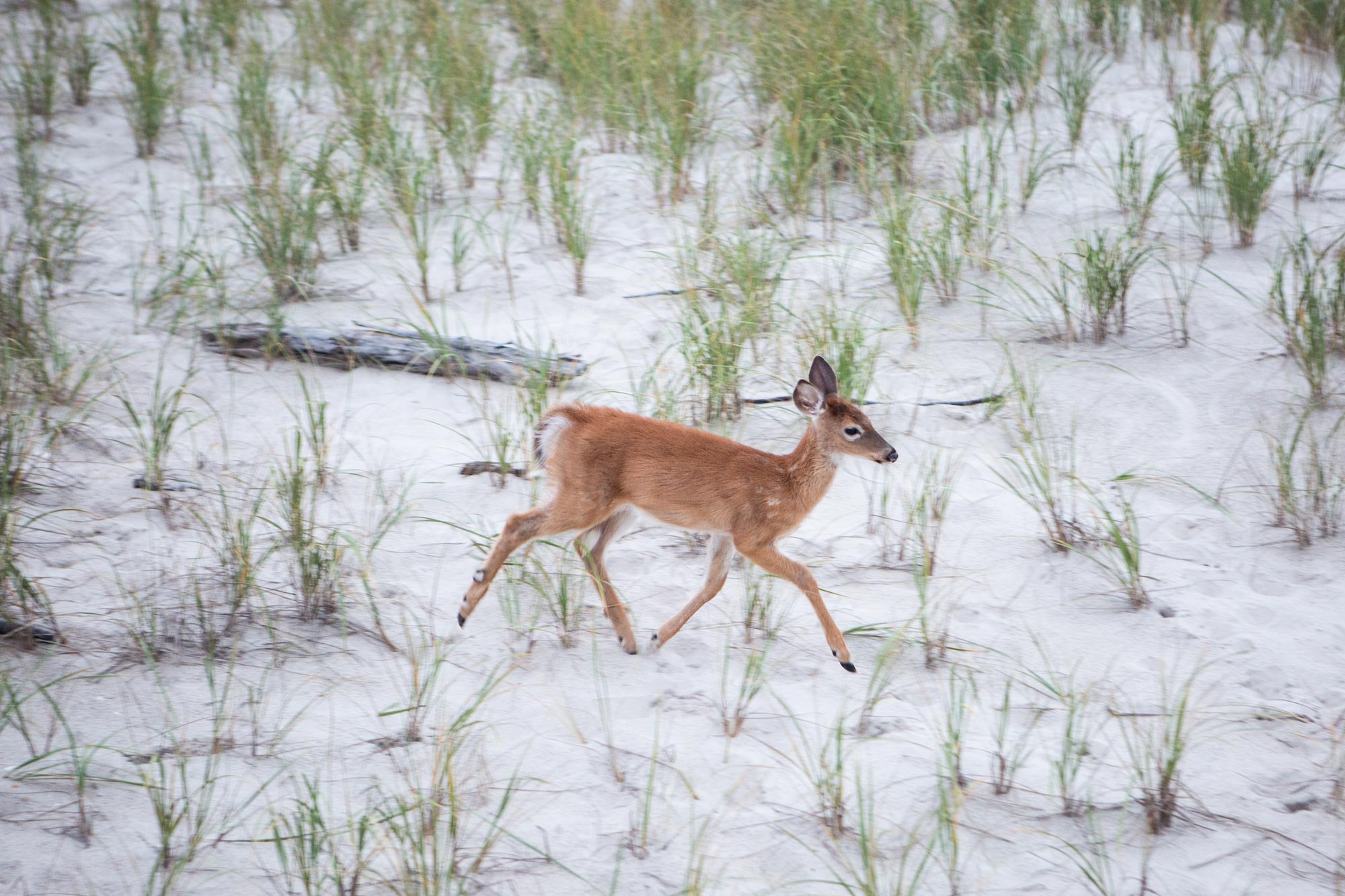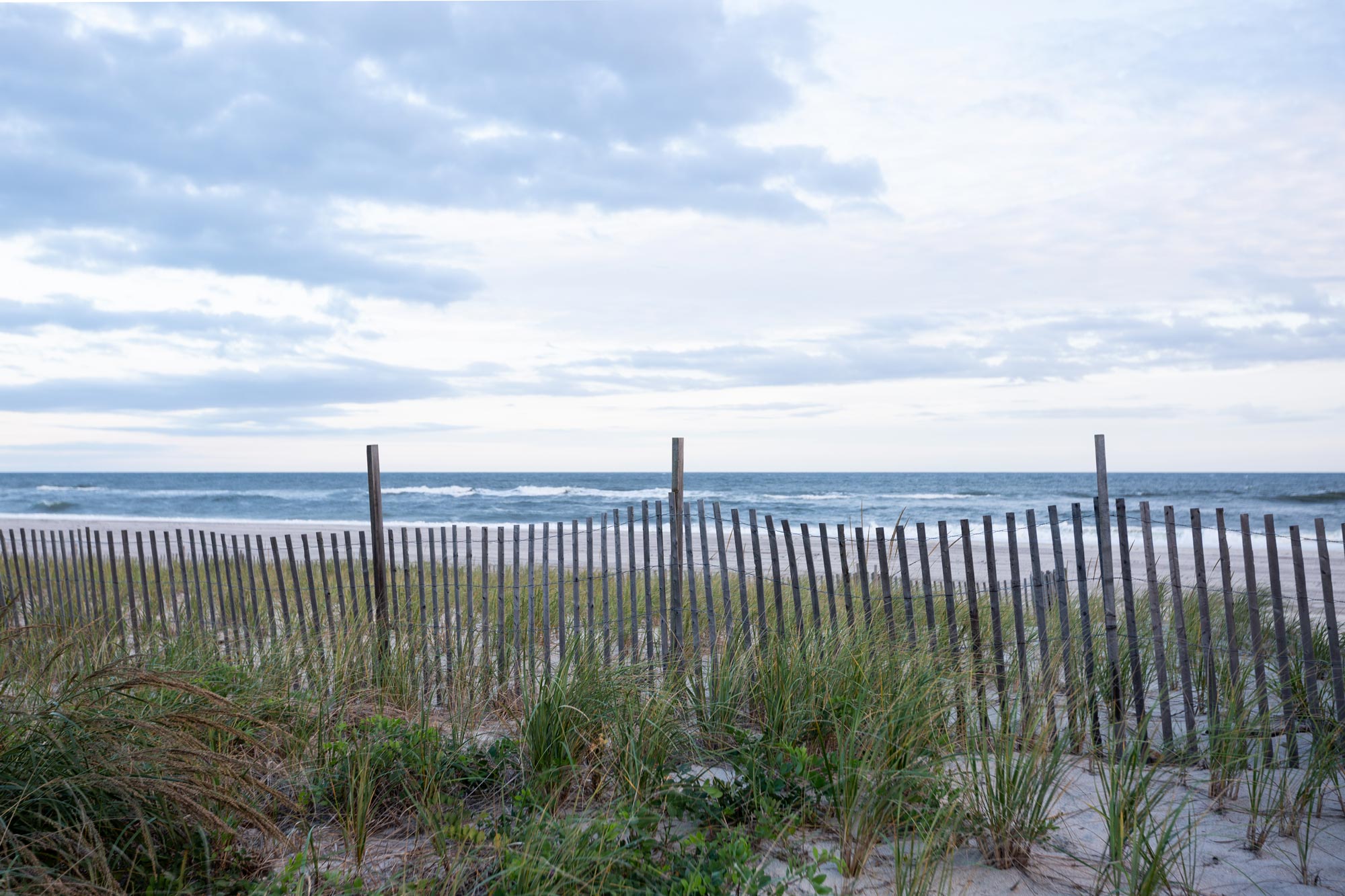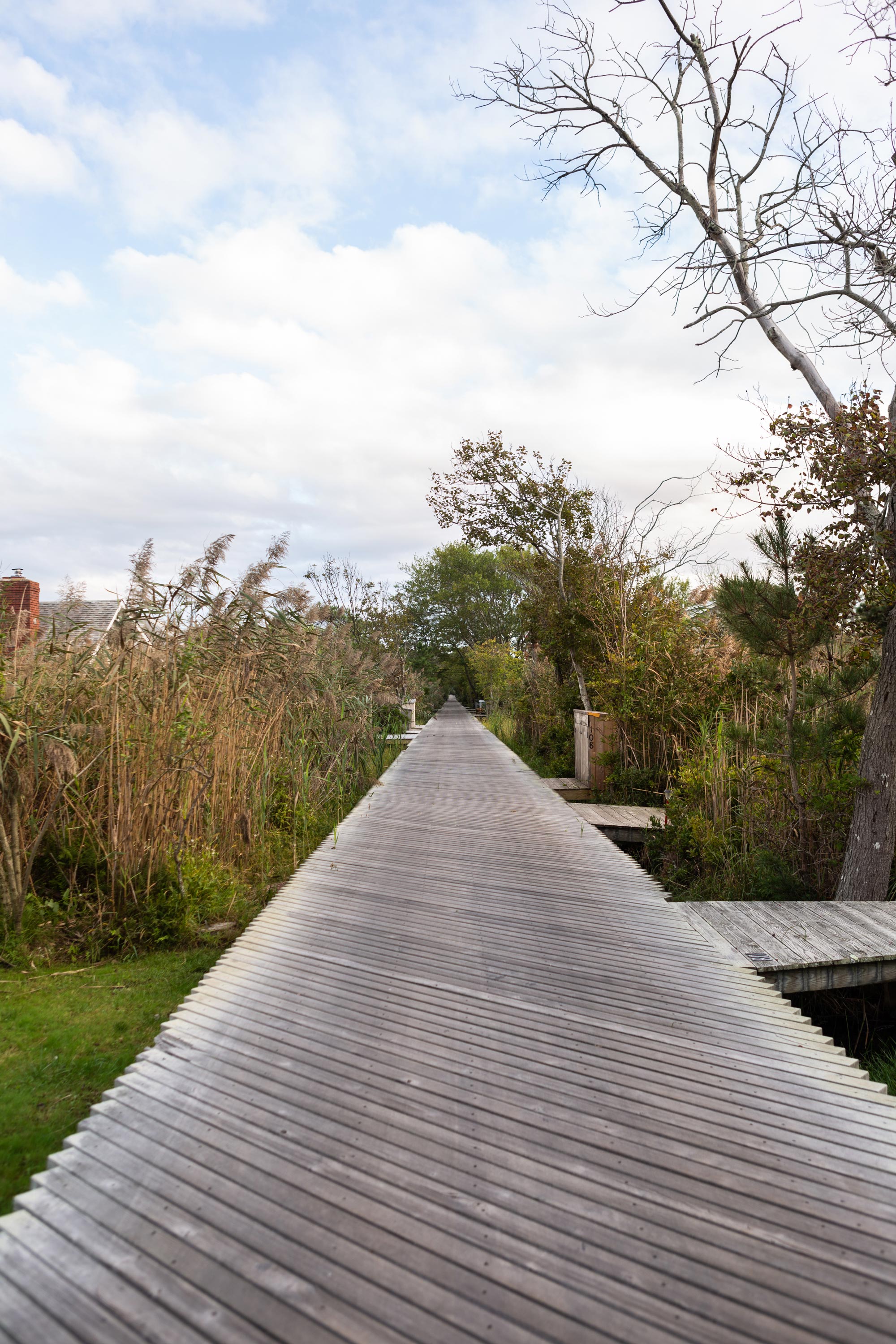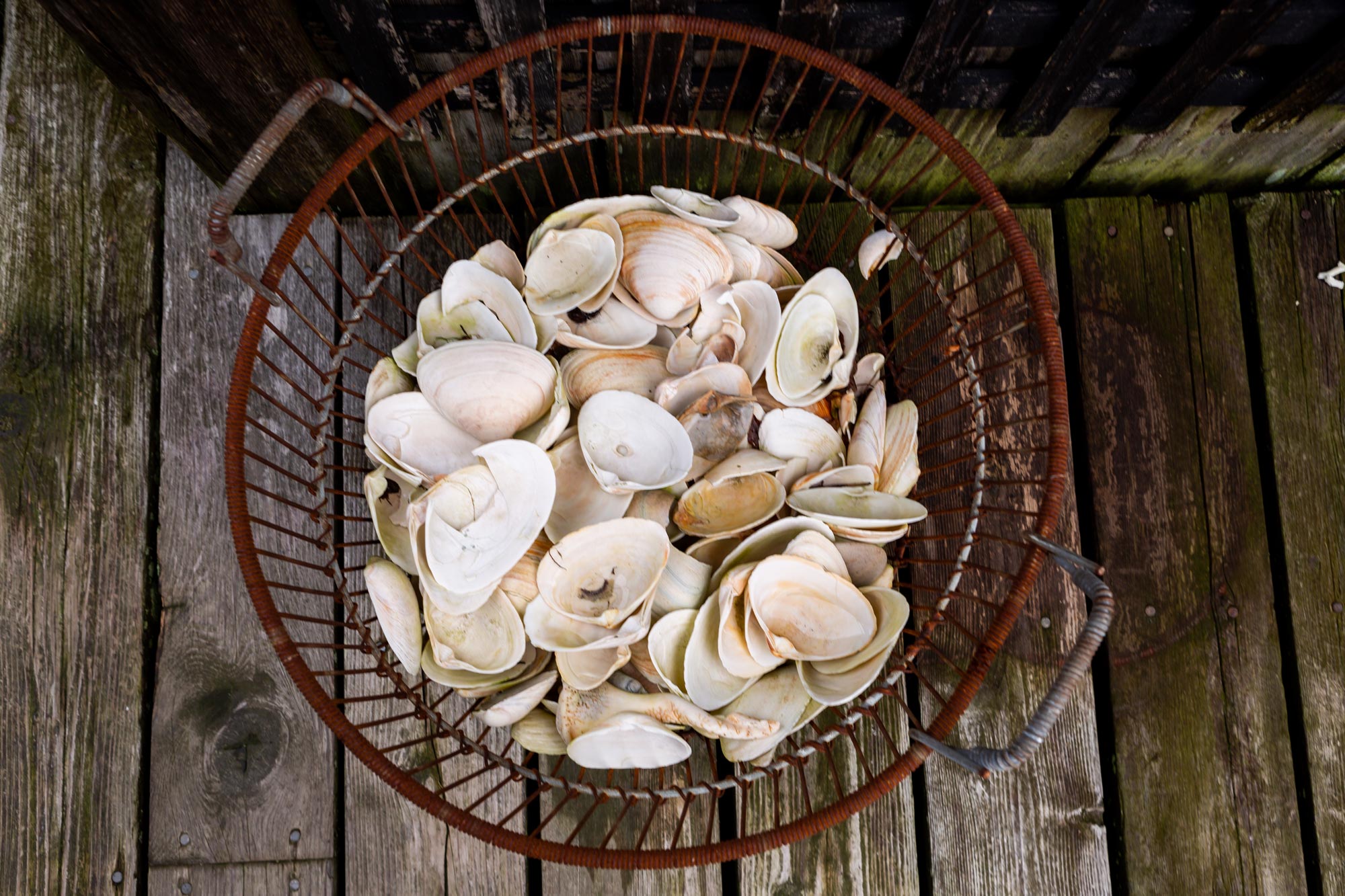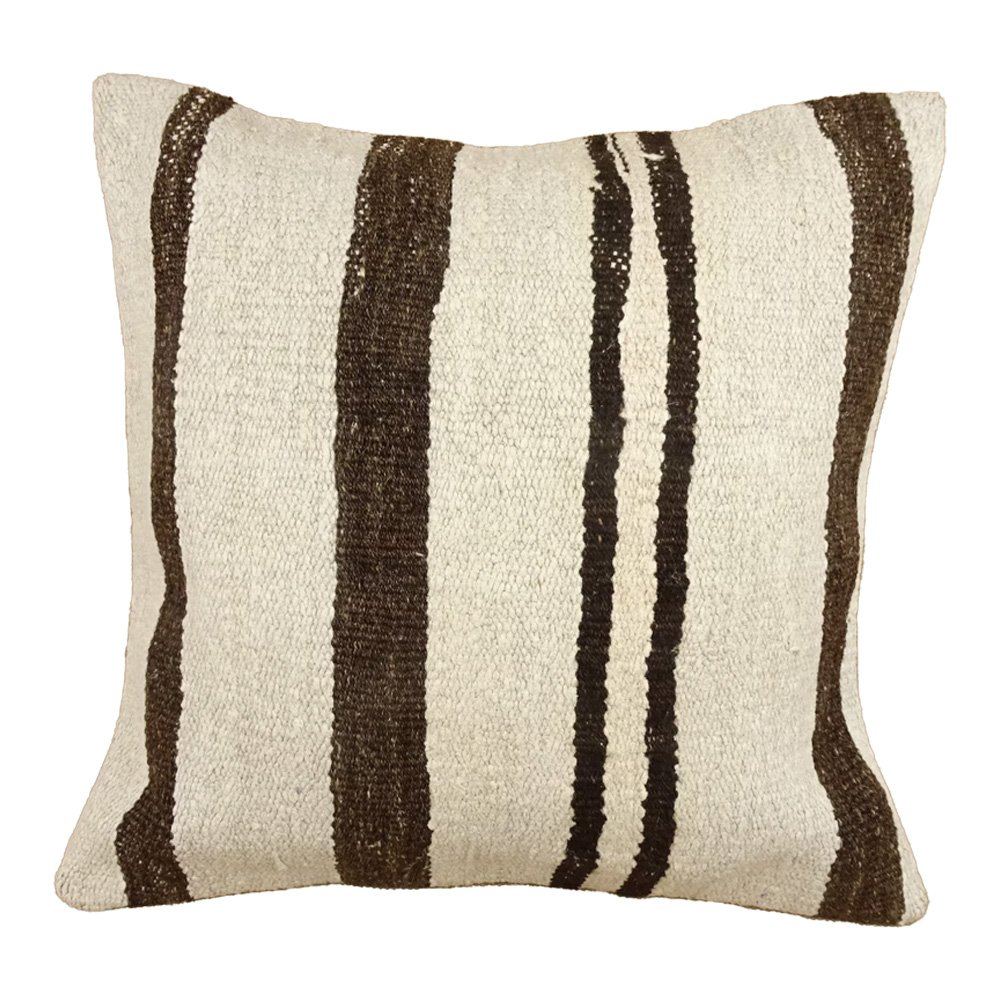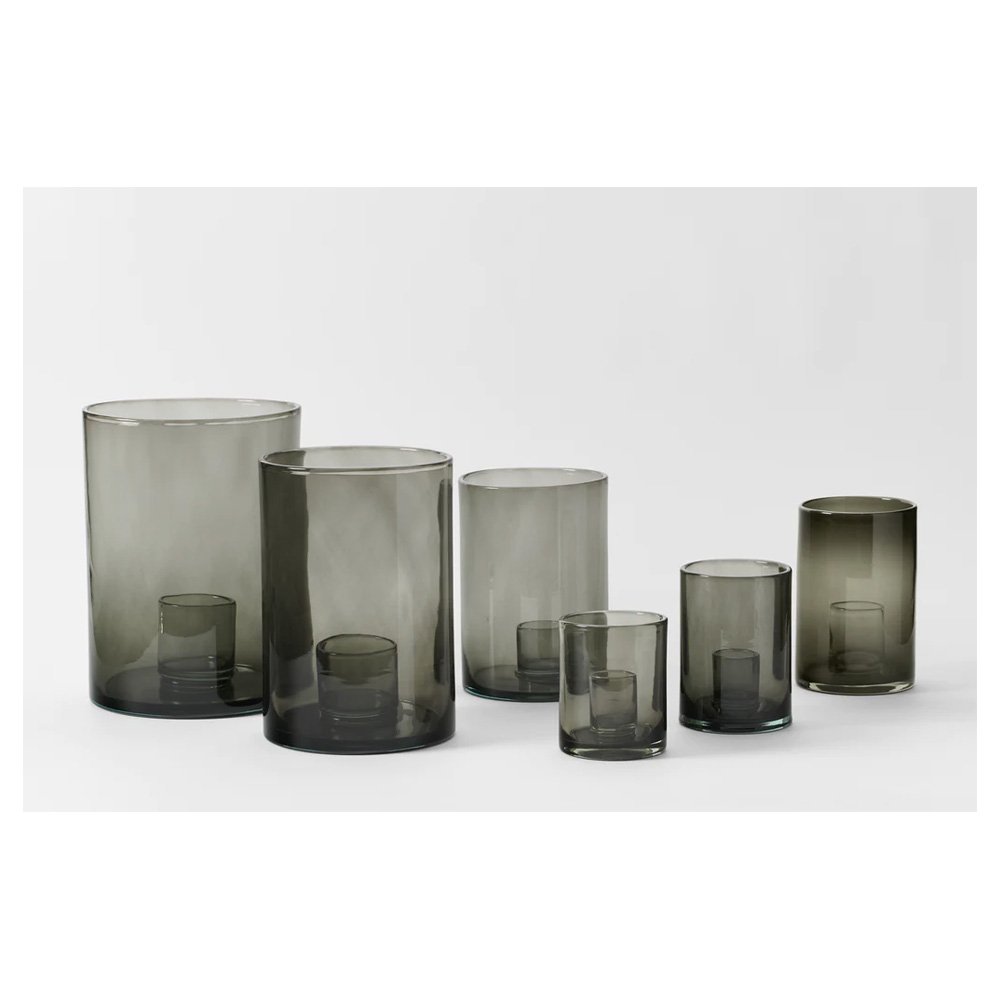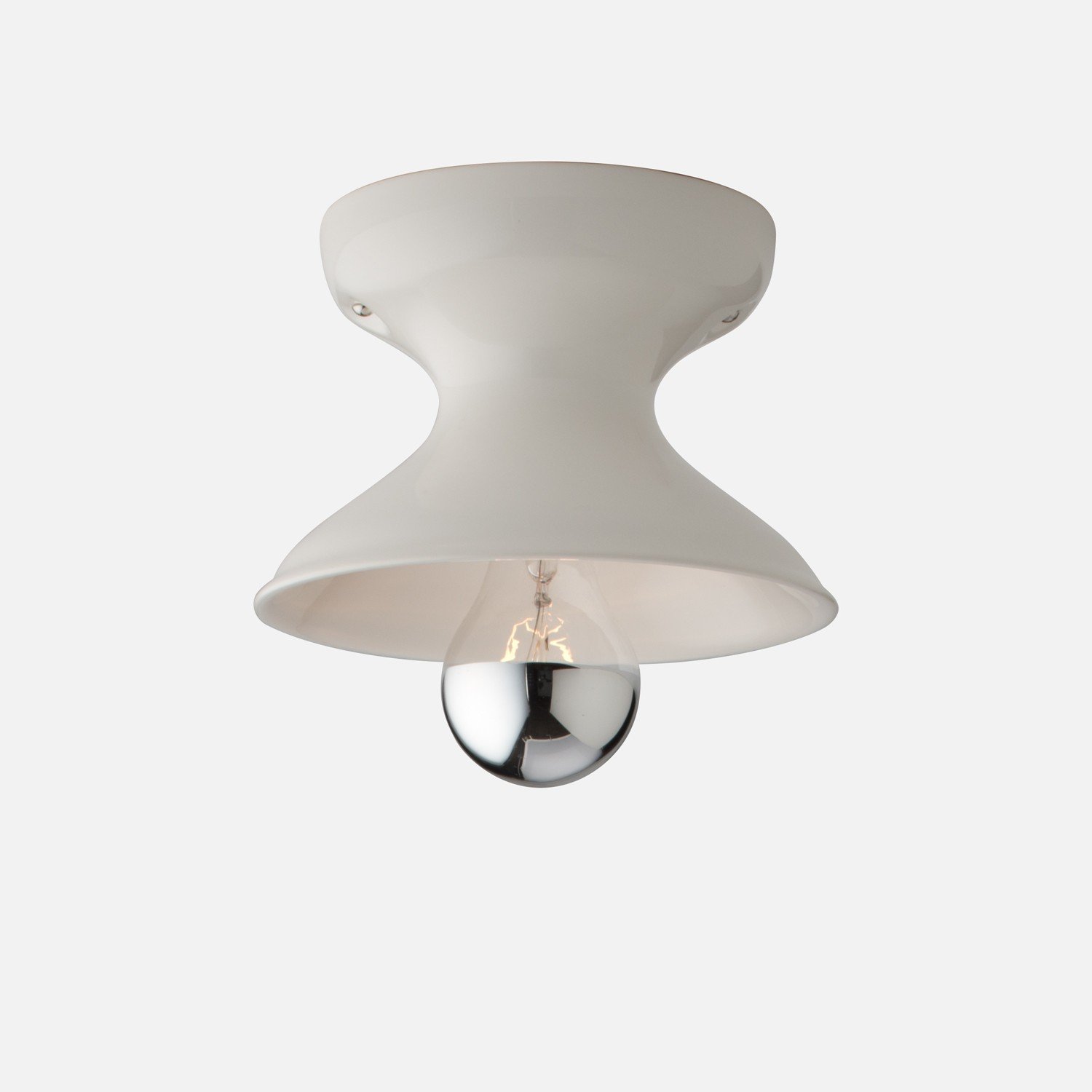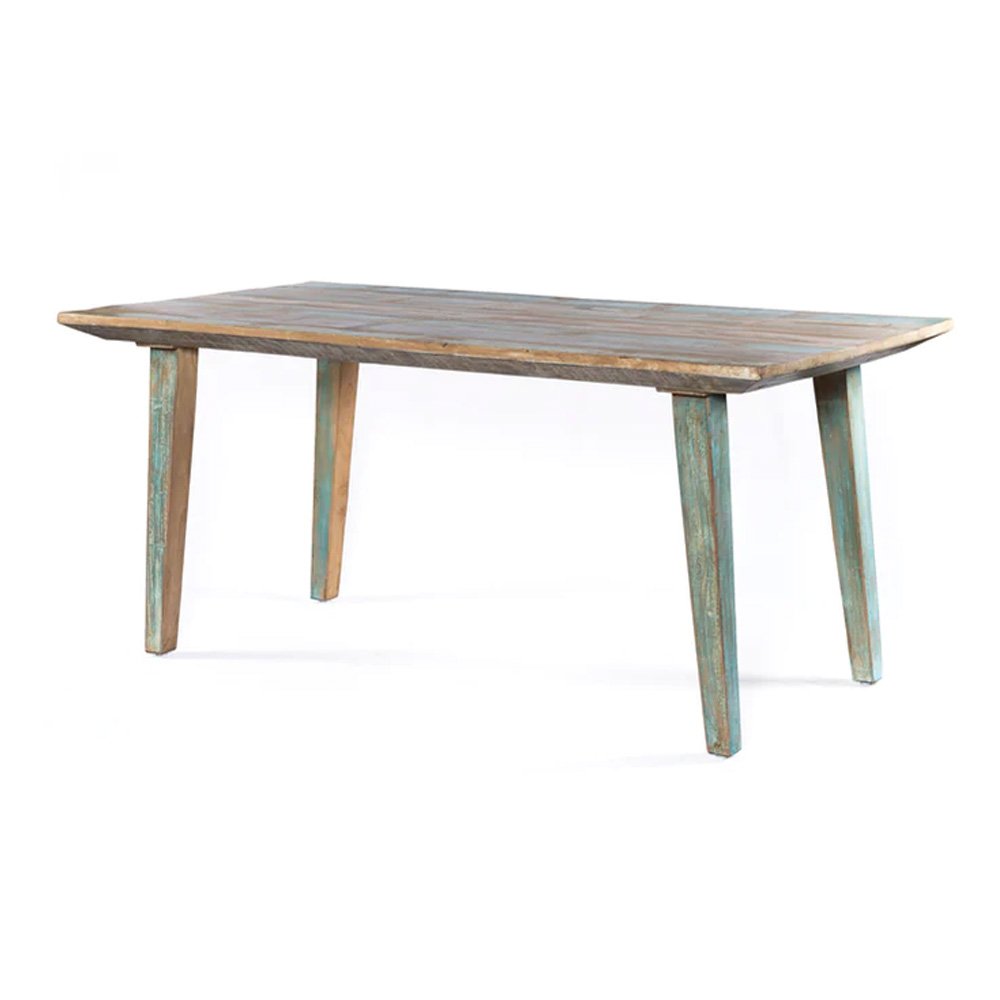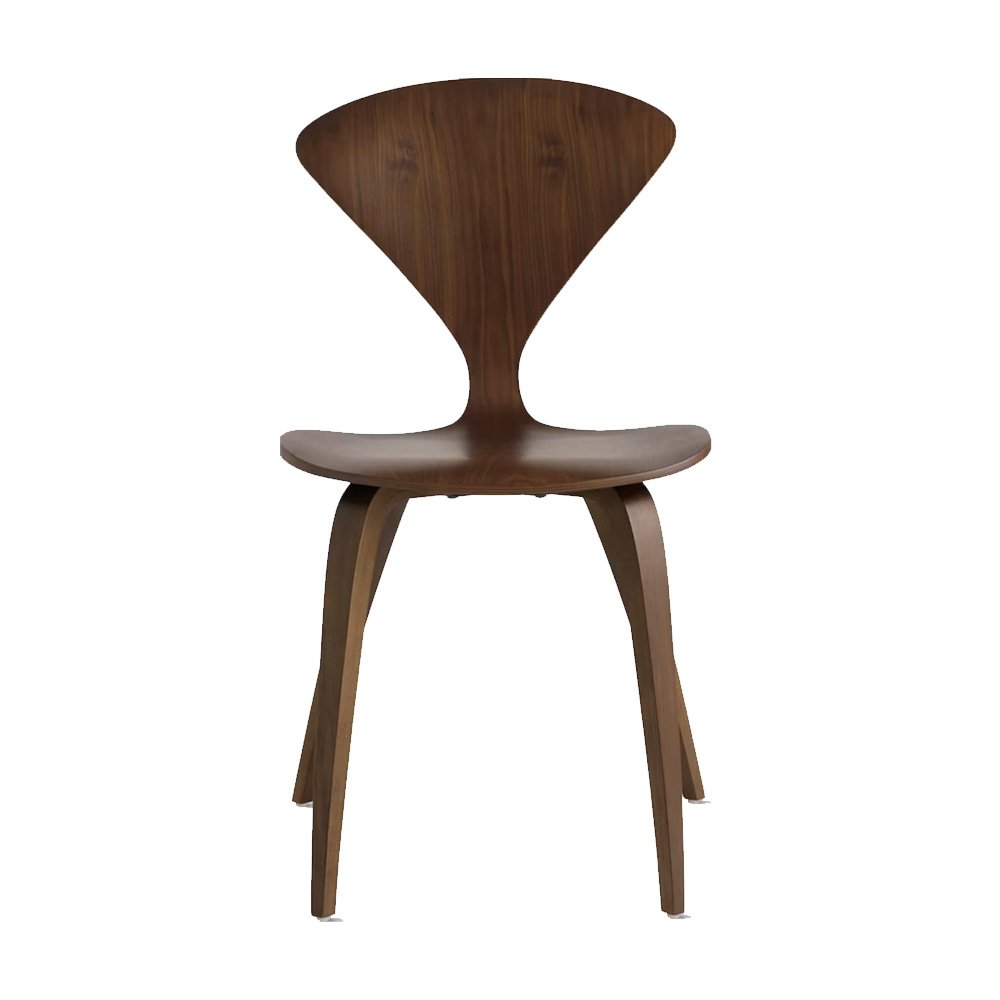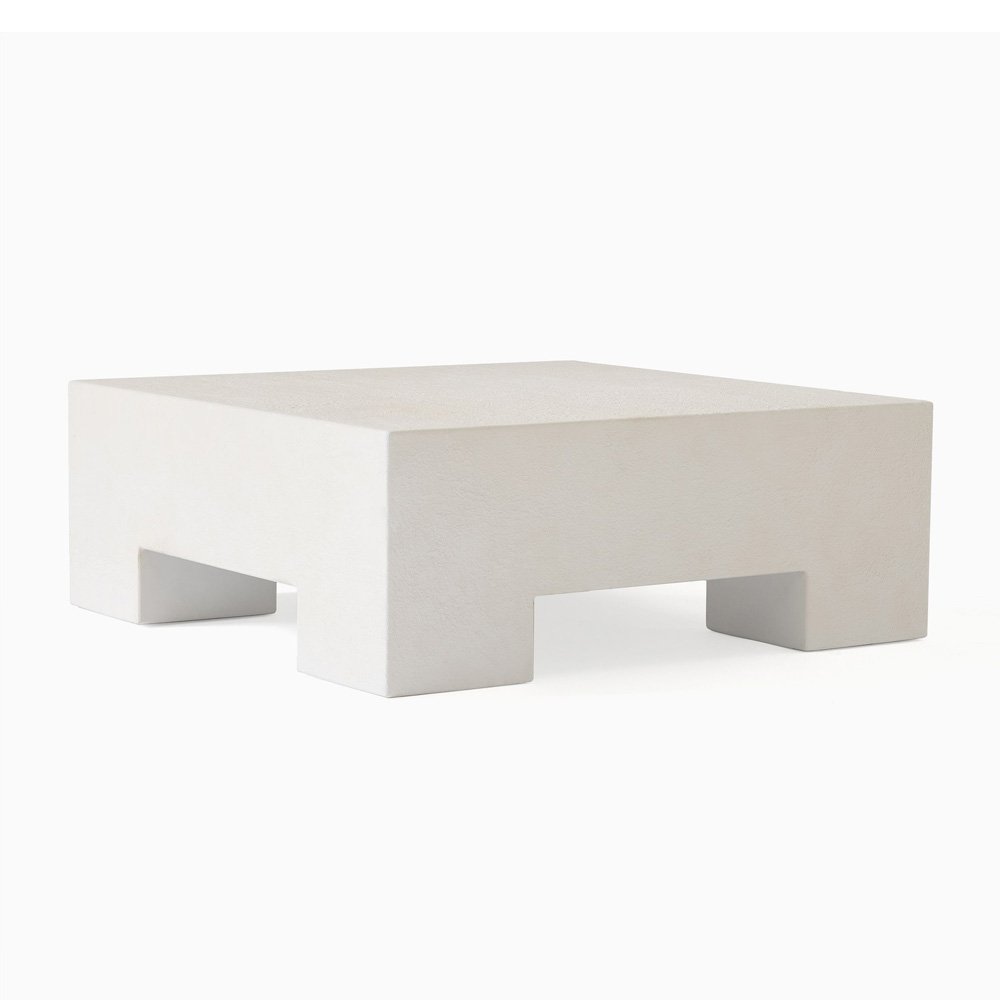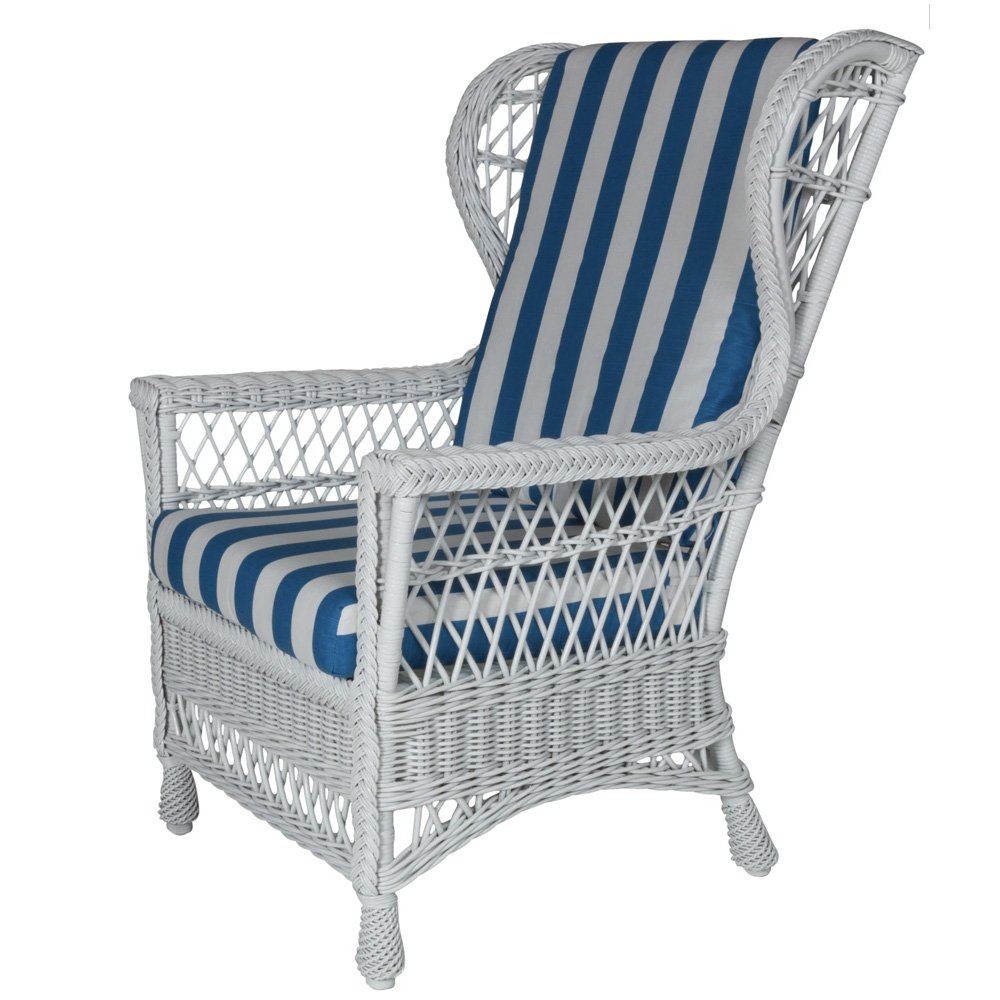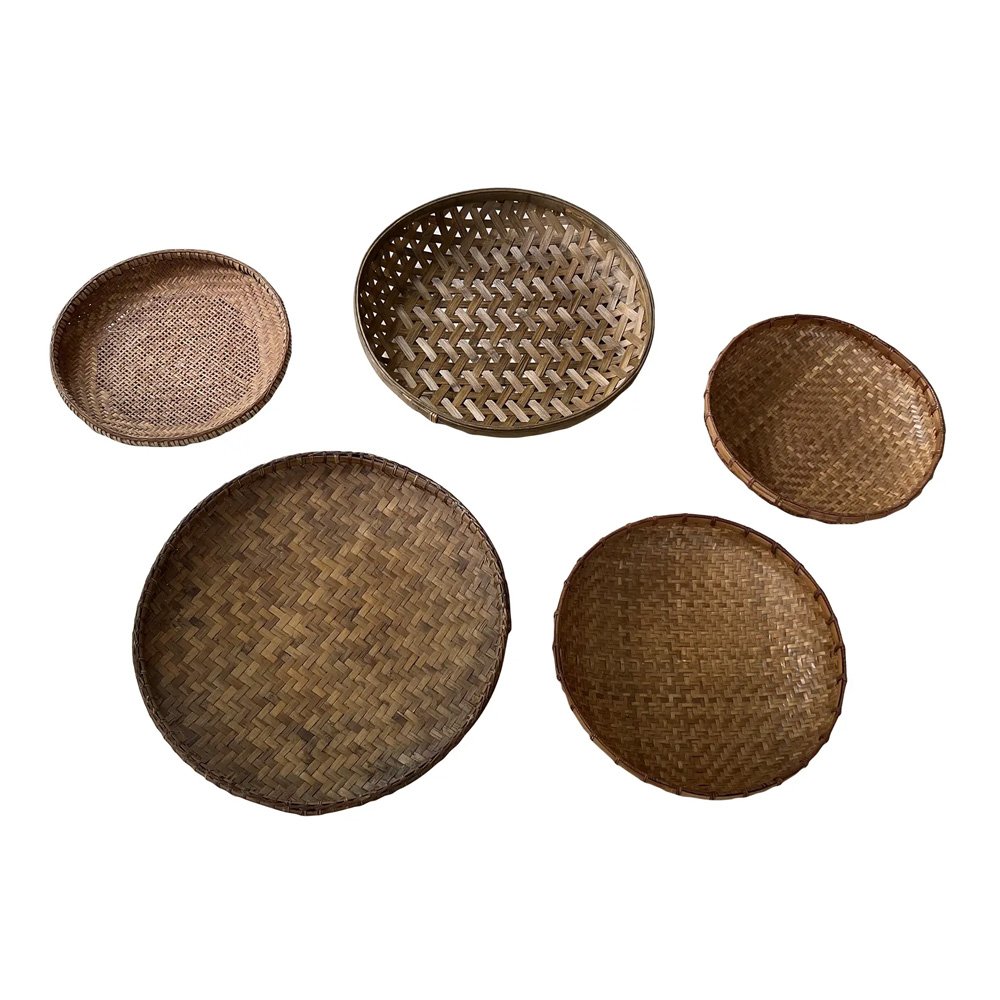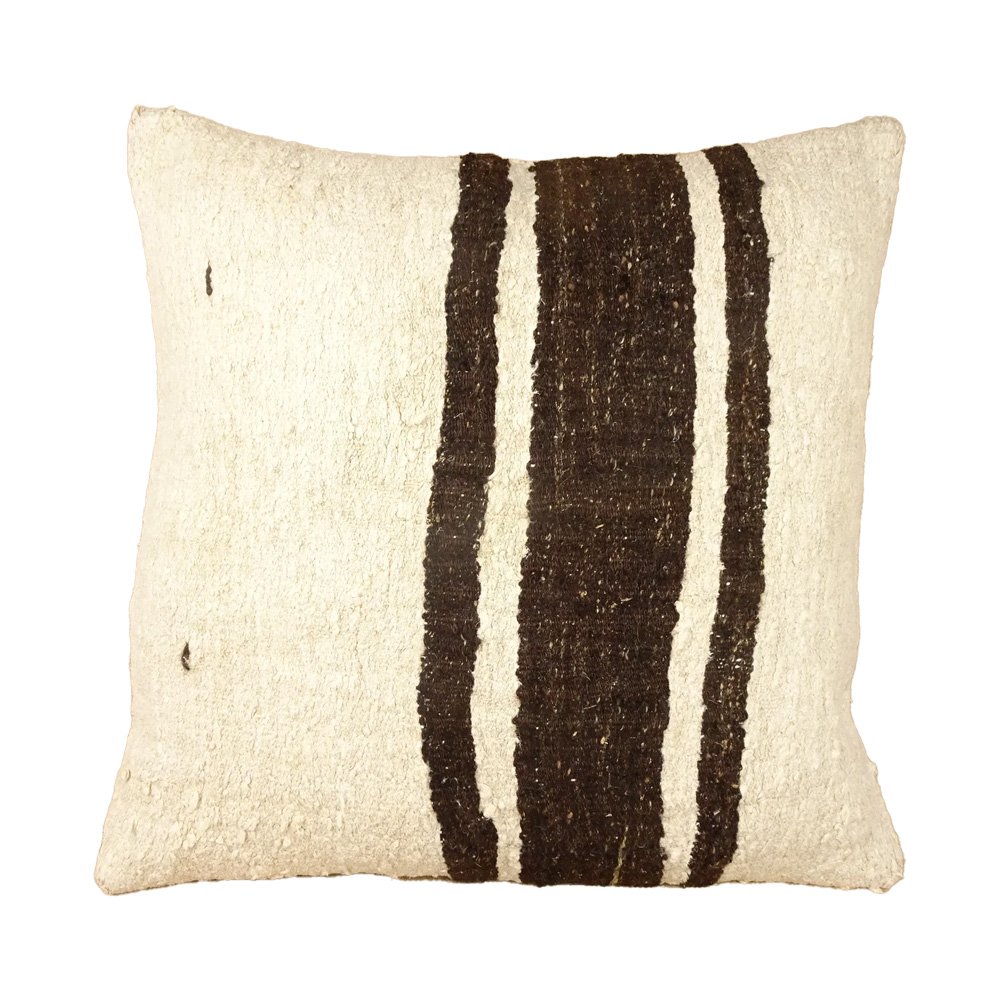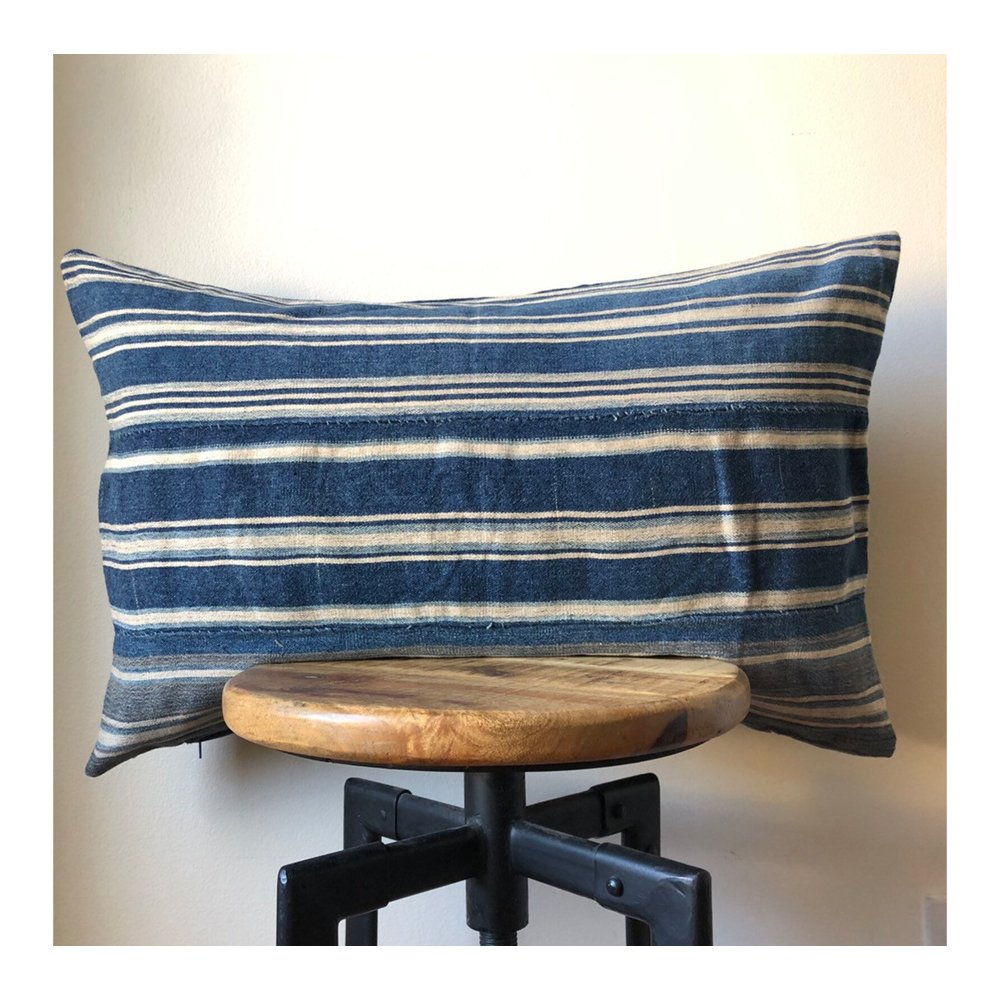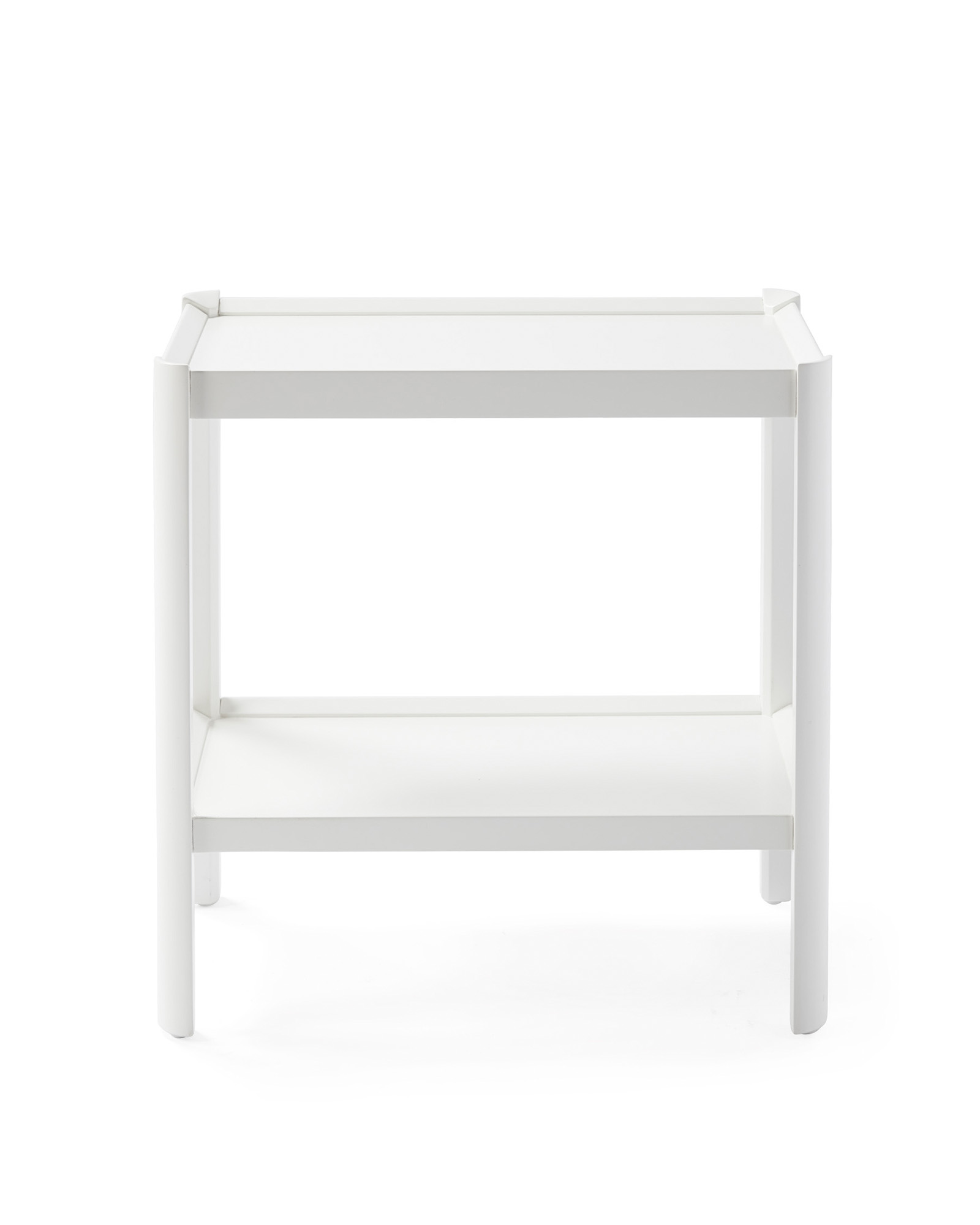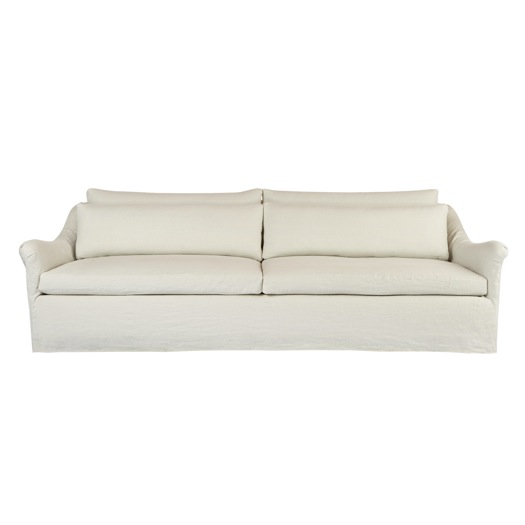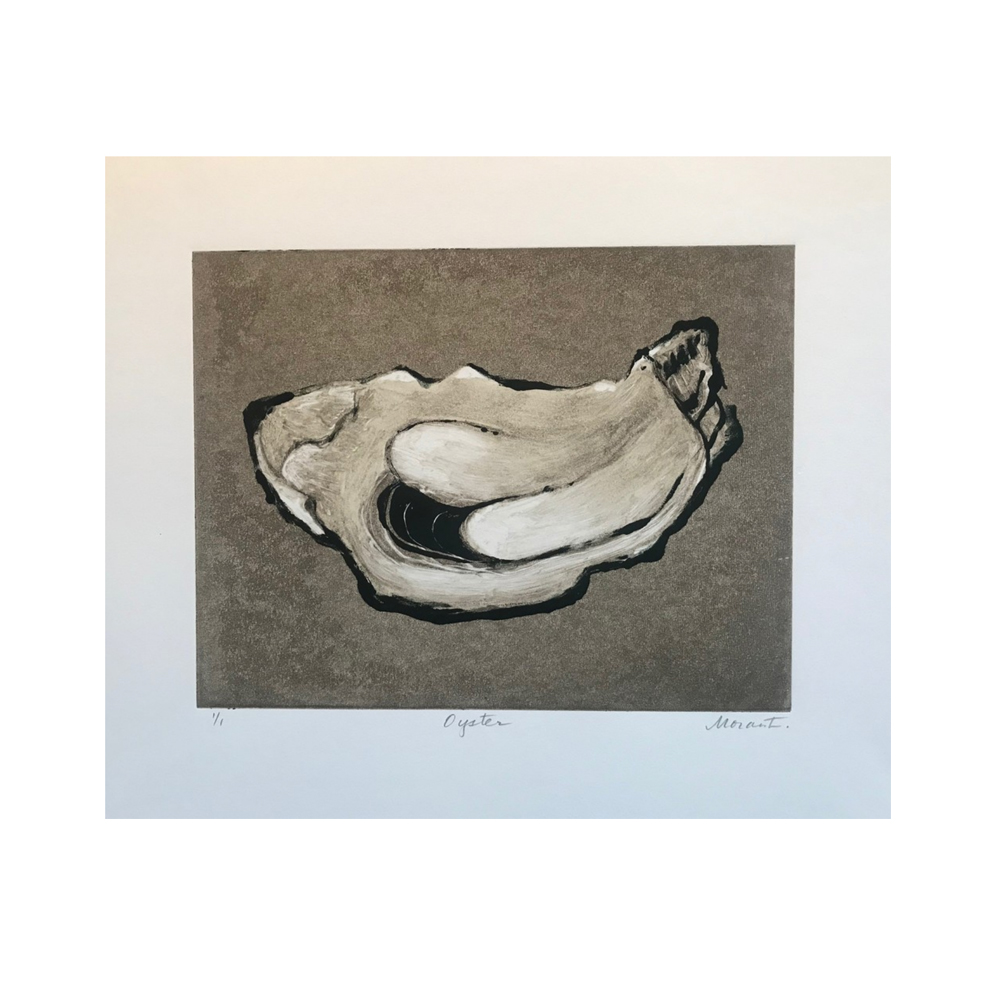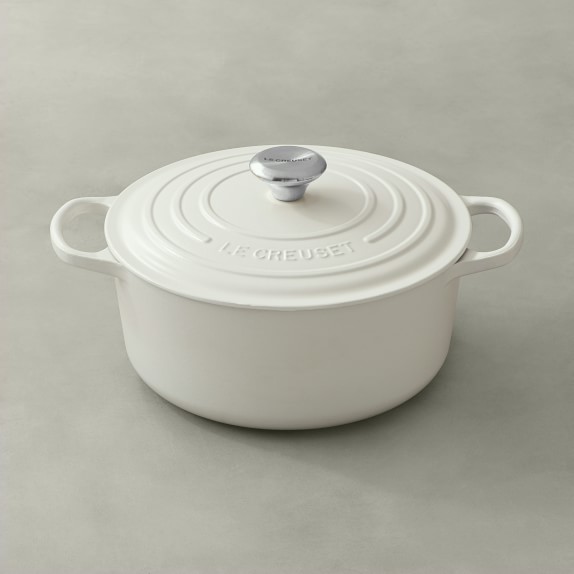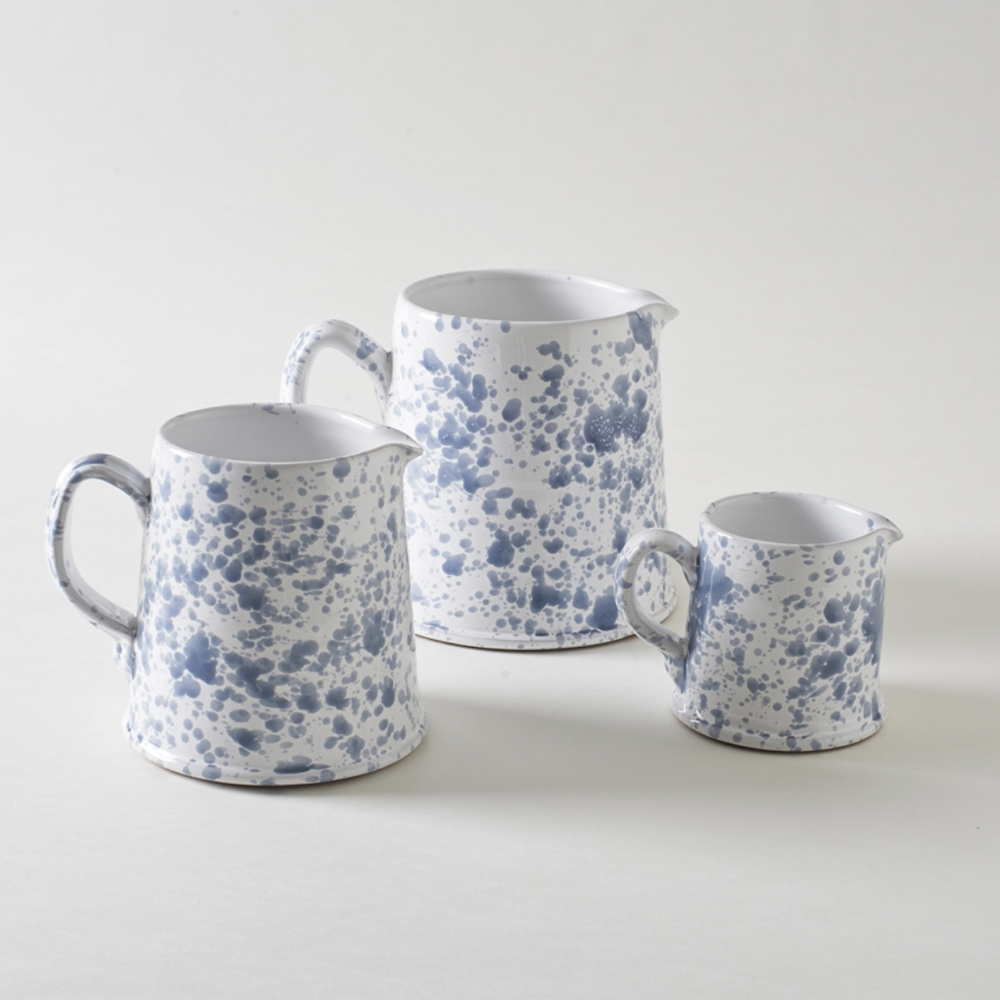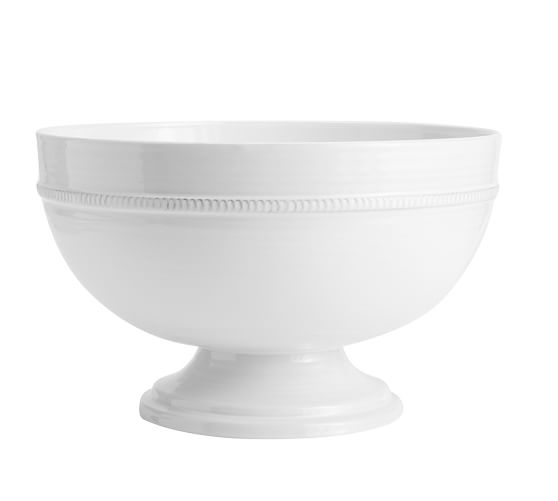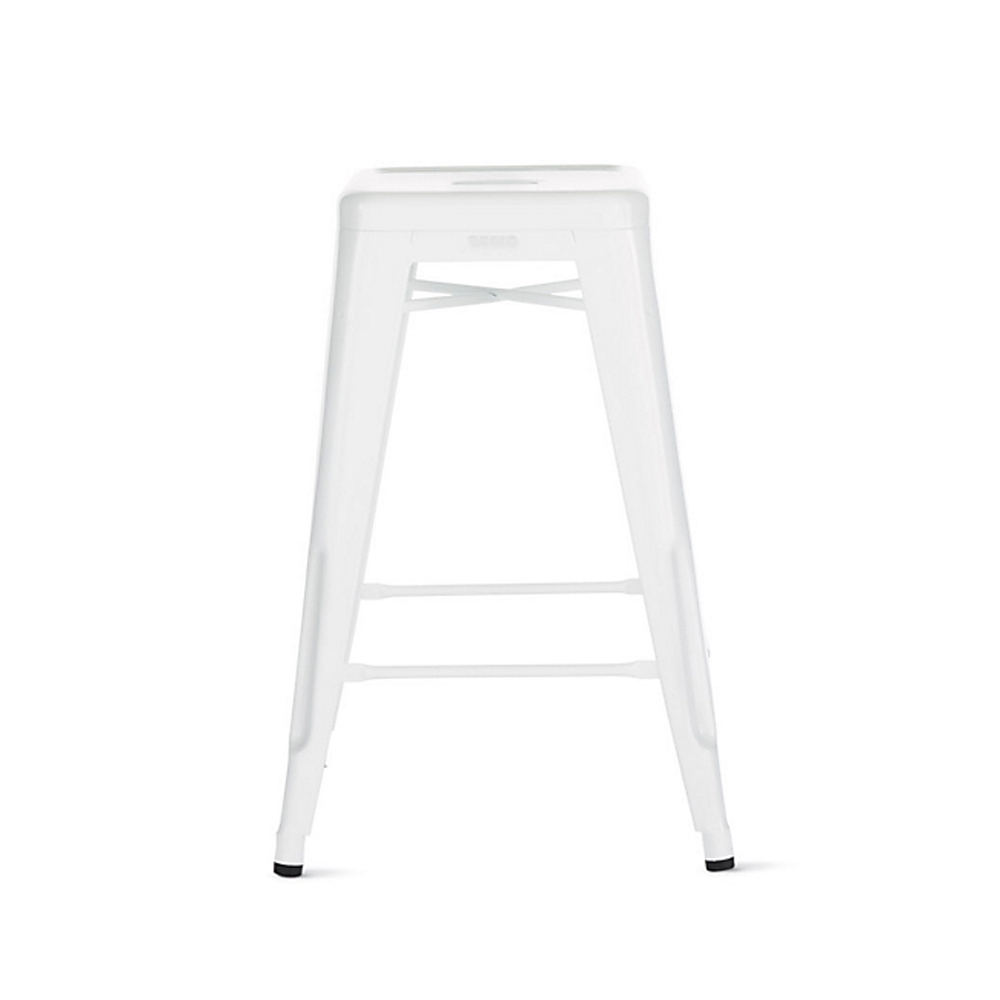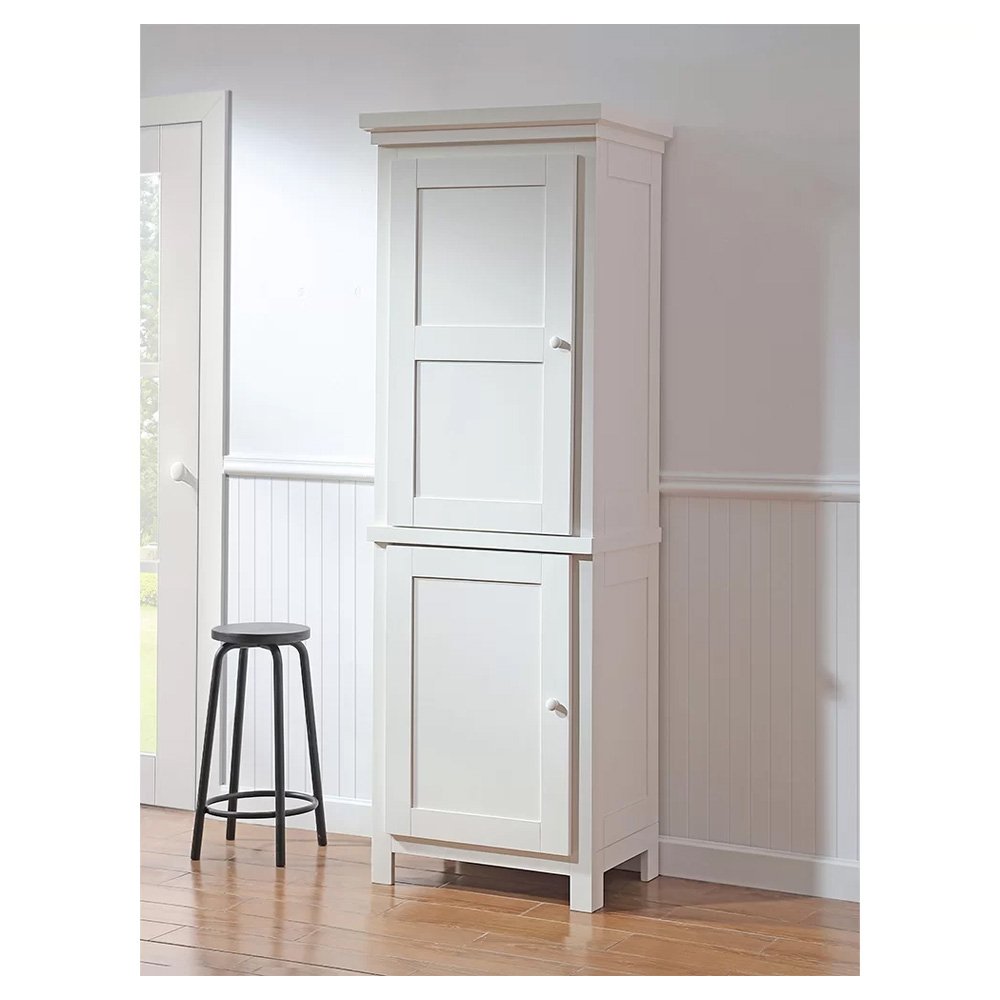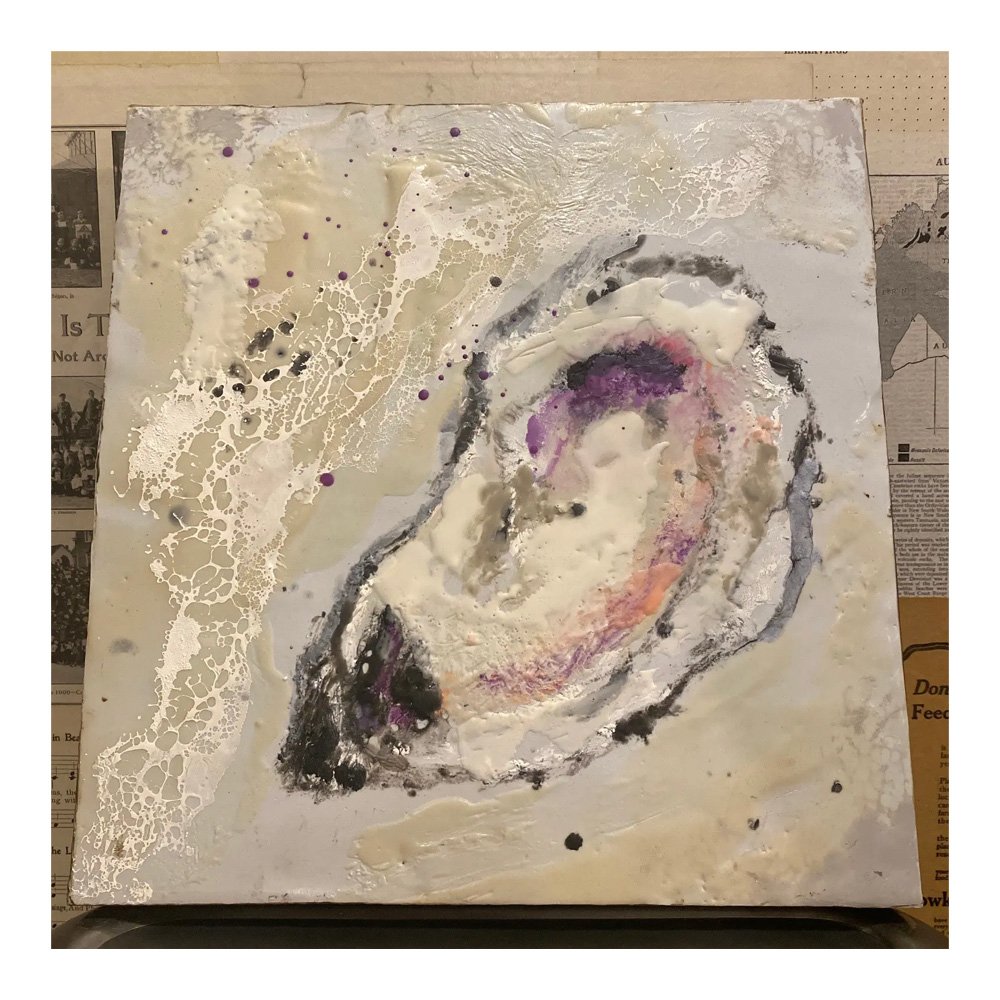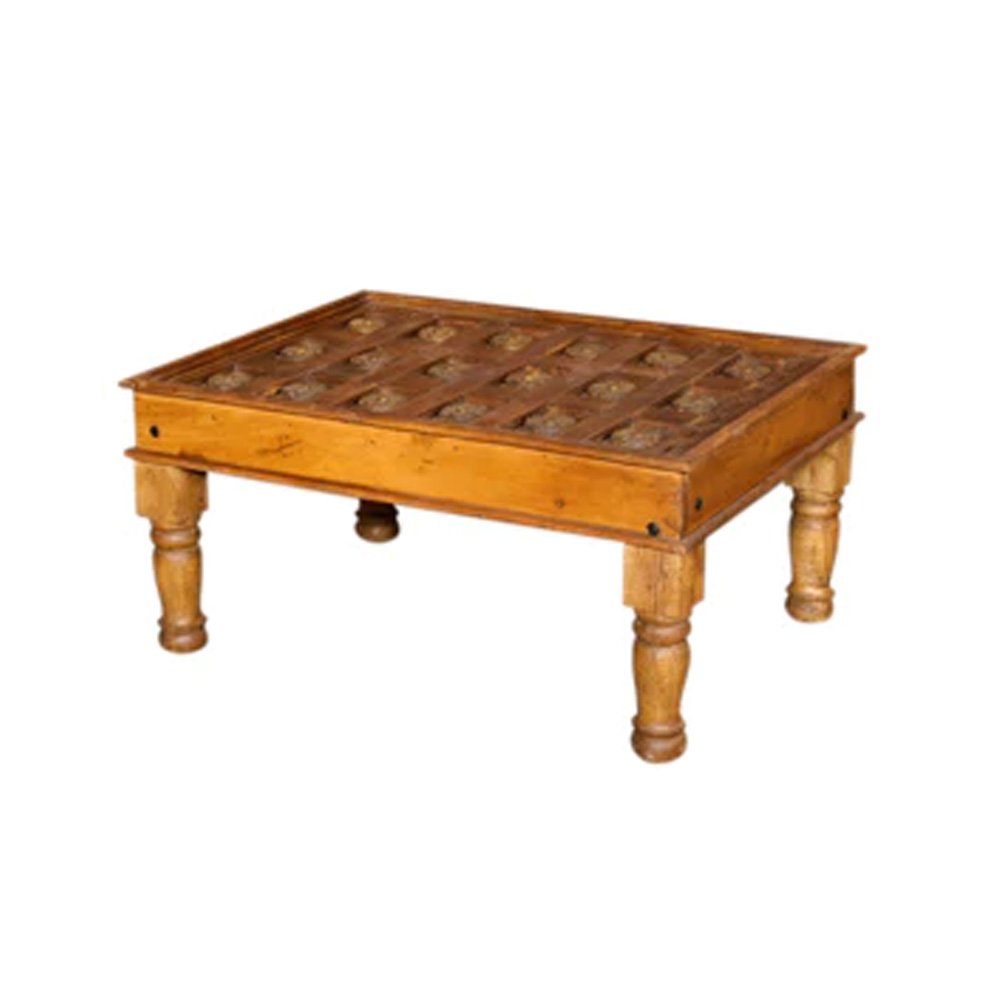Home Tour: Alex Bates’s Fire Island Stilt House

Written by S. Pajot | Photographed by Marta Xochilt Perez | Produced and Art Directed by Michelle Adams
“This place,” says Alex Bates, “it brings you down to a very simple way of living.” Just pack a bag. Leave the city. Drive an hour and 16 minutes to Bay Shore, New York. Then ditch the car at the ferry docks, and hop aboard the Voyager for a 30-minute boat ride across Great South Bay. And there you are: Fire Island, a seaside sweep of beaches, dunes, and stilt houses connected by raised boardwalks and sand paths, not roads.
“Everything’s on stilts,” Bates says of Fire Island’s flood-resistant houses and other structures. “Our place is a lower one. We’re about four feet off the ground. Since Hurricane Sandy, a lot of people have had to raise their houses; we haven’t gotten to that point yet, but we’ll probably have to do it in the next few years.”
Found just off the southern shore of Long Island, it is “a little, teeny-weeny strip of land that’s 31 miles long, and maybe two city blocks at its widest,” Bates explains. “There are no cars, and once you’re on the island, life is beyond simple, because you’ve got your little wagon hanging up, and you offload your suitcases, and you walk to your house. You have to walk or ride your bike everywhere.”
The founder of sustainable-design consultancy Flint & Kent and creative director of nature-centric home design company Bloomist (as well as a former senior vice president and creative director for West Elm and Martha Stewart Living), Bates and her husband, Andrew Hoffman, have been finding refuge on Fire Island for decades now. “We started coming out here—oh, I don’t know, 150 years ago,” she says, deadpan, before cracking a little laugh. “I first discovered it through my husband, who wasn’t my husband at the time. We just fell in love with the place. It was the antidote to New York City, and the antidote to travel, because it’s such a simple lifestyle in a plain and simple environment. It’s not the Hamptons; it’s really where you go to unwind and de-stress and recharge your engine.”
When the couple first decided to make a second home on the island, they rented. “But then kids came along,” Bates says. “And, eventually, we were like, ‘OK, we’ve got to think about this seriously,’ so we ended up buying a house. That was 25 years ago.”
Underlining the links between different design eras, Bates often pairs up unlike pieces, such as a well-used antique dining table and a midcentury set of Norman Cherner chairs. “I’ve always loved American primitive furniture like that table because the lines do have this very clean, modern feeling to them, even though the pieces are actually very old,” she says. “The chairs I bought one by one on eBay. Cherner is one of my favorite designers. I just think the form is beyond elegant.”
Built in 1911, their home is one of only 400 or so in the village of Saltaire. (The island is split between three towns, two villages, and several hamlets.) “When we moved in, we did very, very little to it. We wanted to keep it authentic to the builder and the style,” Bates says. “We’re not really strict preservationists, but we just loved the charm of the house.”
(The only renovations, she points out, were done after Hurricane Sandy, which tore three breaches in the island and flooded hundreds of homes. “We ended up gutting it. We had to take all of the walls out to the studs and rip up the floor in a few spots.”)
After renovating parts of the house in the wake of Hurricane Sandy, Bates decided to paint the walls, floors, and ceilings white to bring in as much natural light as possible. “I chose a specific paint from Fine Paints of Europe that’s the whitest paint you can get,” she explains. “The light, when it comes in at any time of day, it just bounces all over. It’s very bright.”
To match the barely touched naturalness of the island, and because of the smallness of their home, Bates and Hoffman have always chosen to keep the decor simple. “Our house is itty-bitty. It might be all of 1,200 square feet. So we keep the interior sparse, and we try not to collect and gather up so much stuff,” she explains. “With all of the water around, and the house being so tiny and raised up, it’s more like living on a boat, and everything has to have its place. And if it doesn’t have a place, it can’t come in, which always just means it gets piled up in the shed,” she laughs.
We’re just surrounded by nature in such a seamless way. It’s good for the soul.
Over the years, the home has only gotten sparser and sparser. “In the beginning, I was definitely more into the shabby-chic, vintage, distressed-furniture, worn-floral thing. There was a lot of blue and white, and a little bit of green. Even the kitchen, it had this bright blue vinyl floor that we left because we really liked it,” she says. “But now I’ve stripped all of the color out. It’s all white: floors and ceilings, everything. My kids are like, ‘You’ve completely sanitized the house!’ But it’s really about bringing in all of that natural light.”
The kitchen is one of the only rooms in the house to ever be remodeled. “This house had really good bones, and we’ve really done nothing to it, except for a new kitchen and new bath after Sandy,” Bates says. Following the hurricane damage, the entire original kitchen had to be ripped out, so “I now have the kitchen that I’ve always wanted.”
Through the decades, the furnishings have been reduced to the basics, too. “When we bought the house, part of why we were attracted was that the previous owners had collected American antiques, and we were, at the time, big into American antiques,” Bates explains. “The house came with a number of their pieces, and being young parents, we had a lot of hand-me-downs. Later, we would go antiquing in Pennsylvania and North Carolina, and our city house ended up filled with English-pine furniture. Then, as our tastes changed in the city, those became the hand-me-downs.”
But only a few things remain from the couple’s earliest days on Fire Island. “The American primitive table on the front porch is the last piece that’s endured from the previous owners’ collection,” she points out. “And the pine hutch in the living room is the first antique that my husband and I bought together.”
Using natural objects from the island brings a lot of warmth into a home.
“I’m an ardent gardener,” Bates says. “And the garden is what we’ve probably changed more than the interior of the house. We’ve just gone wild. On one side of the house, I’ve got heirloom roses and all of my different shades of greenery, with hydrangeas, and I started going crazy on hostas, and then just lots of indigenous, tall grasses. I always liked the mix of formal constraint in the front and then wildness behind it.”
Today, their most persistent inspiration is Fire Island itself, and the natural objects to be found along its shores, amid the dunes, or even in their own home’s yard. “The turtle shells were bought from an antique shop,” Bates says. “But the rest, it’s all collected from our island. The birds’ nests are from the side of our house; they all either fell from their perch or were abandoned. The rocks and shells are collected from our beaches. And we have a lot of deer on Fire Island, so in the spring, we find a lot of shed antlers.”
Even pieces of furniture can be collected from the wilds of Fire Island. “It’s definitely a recycling community out here. People don’t throw things away. If they’re done with a table, they put it out front on the boardwalk, near the garbage shed,” Bates explains. “That’s how I got the cocktail table in the living room, by doing the island version of city dumpster diving,” she laughs. “It used to be royal blue. But I painted it white, of course.”
Get The Look
Our product recommendations may include items from our sponsors and/or contain affiliate links, which means we may earn a commission when purchases are made. Rest assured, every item is genuinely chosen by our editorial team.

